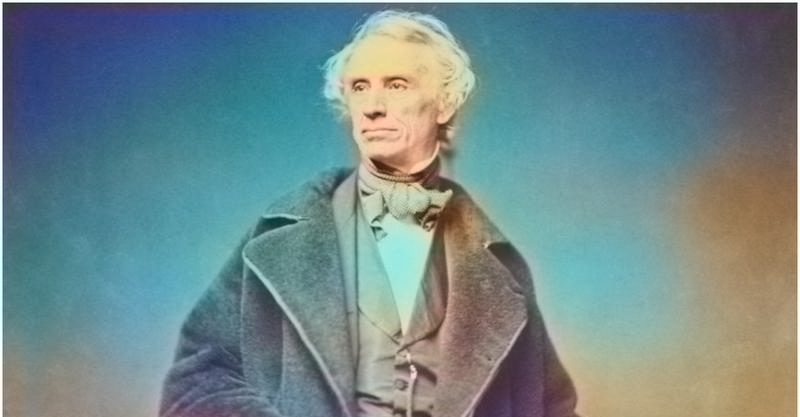Samuel Morse was an American inventor and artist who was born on April 27, 1791, in Charlestown, Massachusetts.
The son of a pastor, he attended Phillips Academy in Andover before going on to Yale, and eventually attending the Royal Academy of Art in London.
On his return to his home state, he began to build his career as a professional painter. A few years later he married his wife, Susan, and they had three children.
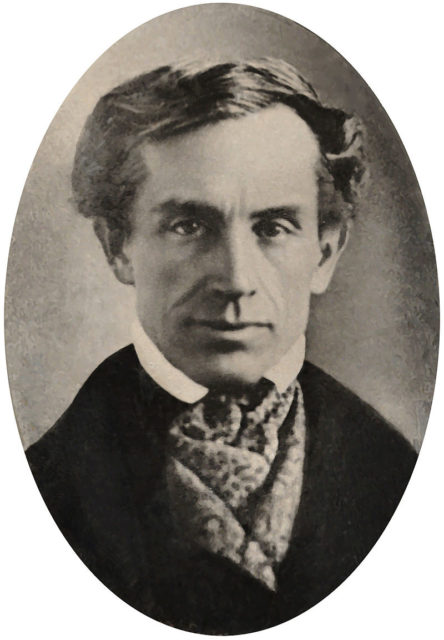
Morse traveled often to take painting commissions. While he was on one such trip, he received a message that his wife was very ill.
He immediately set out for home, but on his arrival, he discovered that she had already died and been buried in the days he was traveling home.
Morse was devastated by the loss, and by the fact that the time it took for the message of her illness to reach him meant that he couldn’t make it home in time.
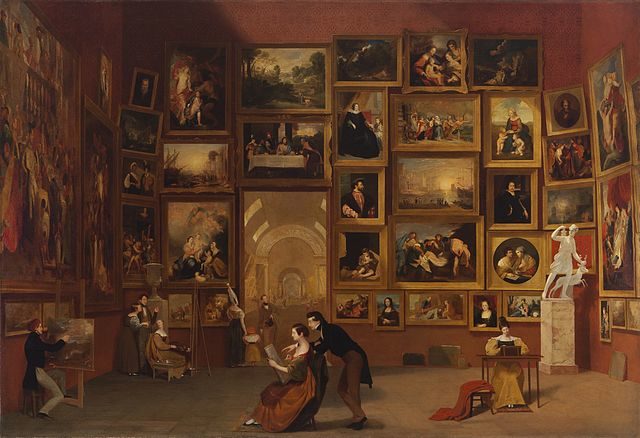
Susan’s death was the spark that prompted him to start thinking about how to find faster ways to send messages over long distances.
The next piece of the puzzle came when Morse met Charles Thomas Jackson on a voyage from England. Jackson was a scientist, and he told Morse about the properties and mechanics of electromagnetism.
Having learned that electricity can travel enormous distances over copper wires, Morse began working on developing a device that would do just that, and then got a patent for his new single-wire telegraph.
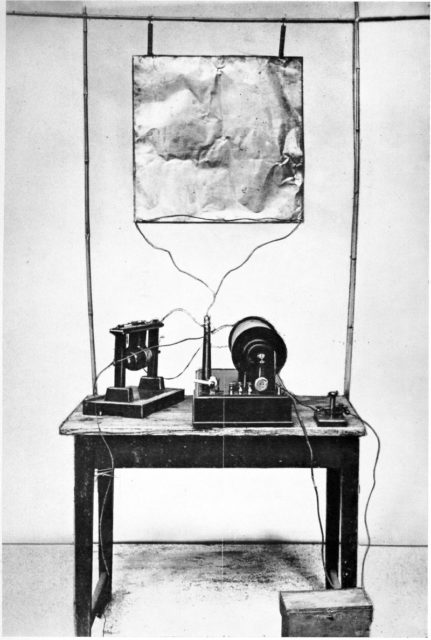
The idea of a telegraph system began to emerge in several different places at about the same time. According to thoughtco.com, the first non-electric telegraph was created in 1794, and relied on using semaphore for line-of-sight communications, which severely limited its usefulness.
In the 1820s the first electric telegraphs were being developed by inventors in the US and Europe, each trying different methods of achieving their goal. By 1830 an American inventor named Joseph Henry used electromagnetics to send electricity down a mile of wire to cause a bell to sound at the other end of the wire.
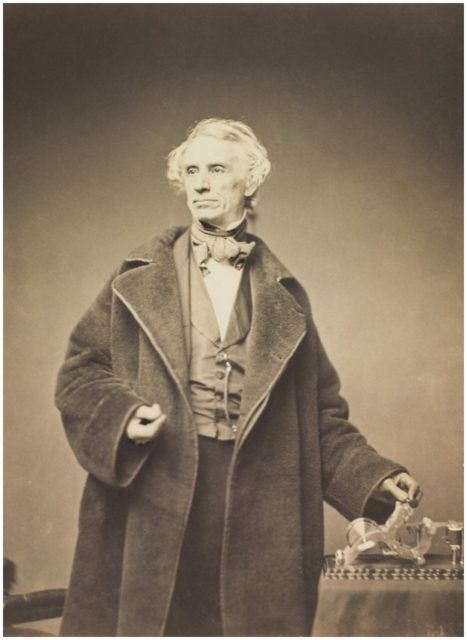
Seven years later, two British physicists developed an electromagnetic telegraph system of their own. It was Samuel Morse, however, who refined Henry’s use of electromagnetics and developed the single-wire electric telegraph, which became a functional and commercial success.
In its first form, Morse’s device used the current to move an electromagnet which moved a marker to record written codes on paper. That led to his development of a mechanism to emboss the paper with dots and dashes. He could give each letter its own pattern, making for easy conversion of messages. He invented the Morse code.
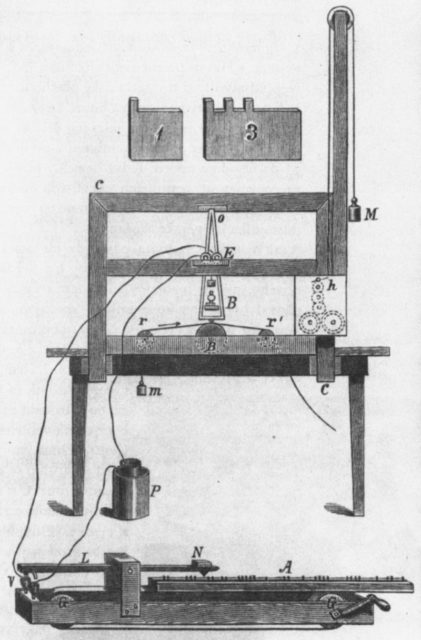
He demonstrated his device to the public in 1838, but it wasn’t until 1843 that Congress gave him $30,000 to build an experimental telegraph line to span the 40 miles from Washington DC to Baltimore. The first news that went over the wire was in May 1844, before the line was fully completed.
It was the news that the Whigs had nominated Henry Clay to run for the presidency at their national convention. The information was carried to Annapolis Junction, between Washington and Baltimore, and was wired to the capitol by Morse’s partner, Alfred Vail.
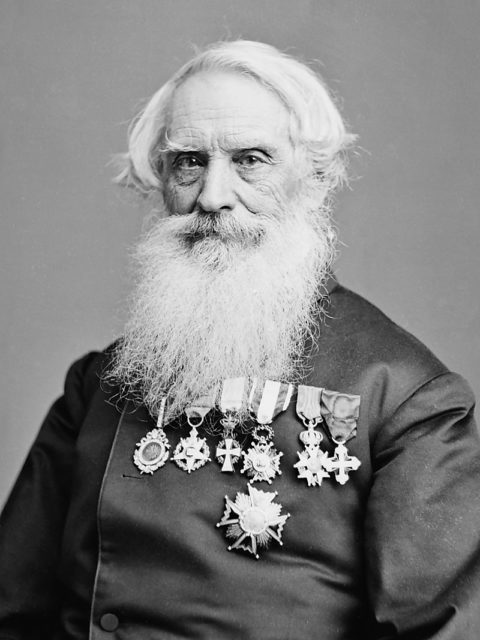
The line was fully finished later that month, and the first message that traveled the entire 40 miles read “What hath God wrought?” It was transmitted on May 24, 1844. The message was chosen by young Annie Ellsworth, who was the daughter of one of Morse’s friends.
Morse and partners began building new lines, connecting New York and Philadelphia, and small telegraph companies began to spring up in other parts of the country.
Western Union built the first telegraph line that spanned the continent in 1861, following the railroad lines, and Morse’s dream of a widespread and rapid way to disseminate information over long distances came to fruition.
Over time, Morse’s system for embossing dots on paper was replaced by a process where messages were sent by key, and were listened to and recorded by operators. Operators could hear, translate, and record as many as 40 to 50 words a minute.
The technology continued to improve and eventually led to the developments of the multiplex telegraph, teleprinters, and, eventually, fax machines.
Read another story from us: 5 of the Strangest Duels in History
The telegraph was ultimately rendered mostly obsolete by the spread of the telephone; still, we should honor Samuel Morse as the man who first changed the way the world communicated.
